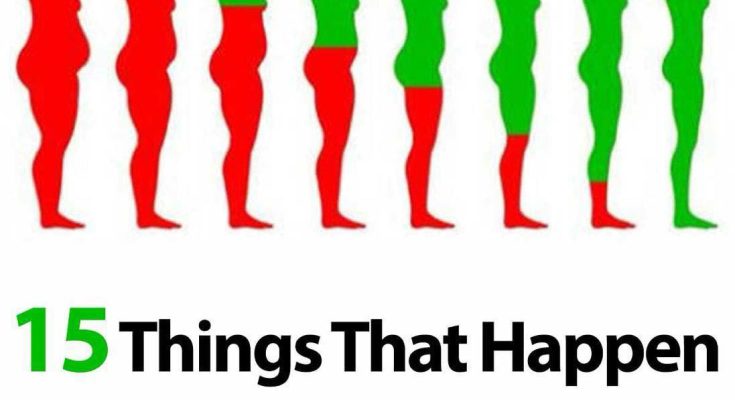One of the most basic and effective types of exercise is walking. It has numerous health advantages and is practically universally accessible.
Going outside and exercising can dramatically improve your general health and well-being, whether you’re out for ten minutes or trying to reach 10,000 steps a day.
Here are 15 health advantages of daily walking that various experts have confirmed.
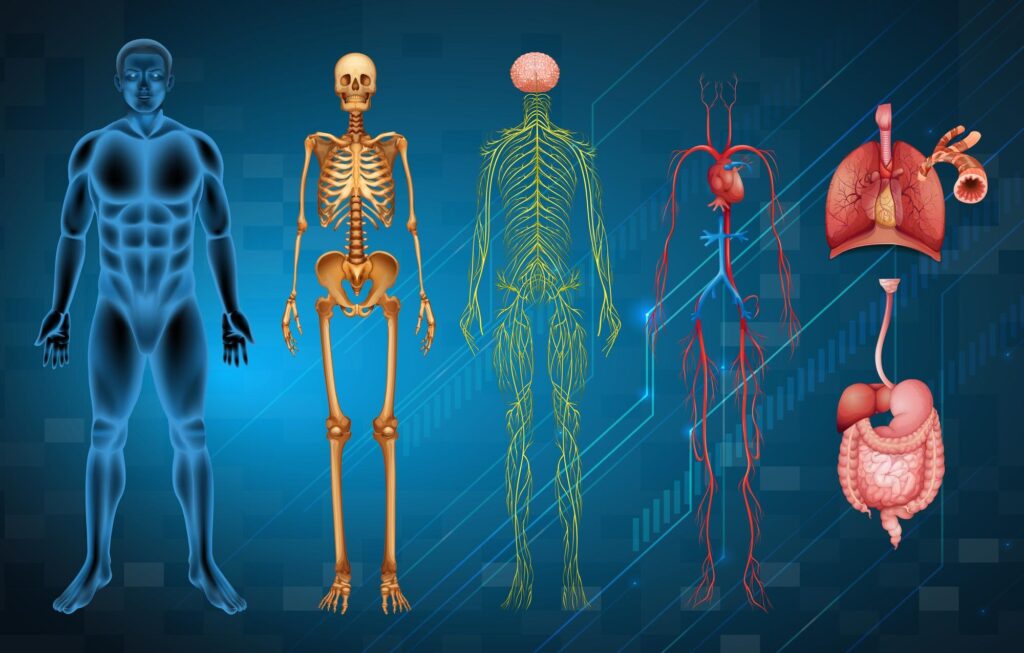
1. Improves Mood and Reduces Stress

Walking has been shown to improve mood. Even a ten-minute walk can improve your mood, lessen rage, and lessen depressive symptoms.
Strolling through green areas amplifies these benefits, assisting in lowering tension and calming your nervous system.
Going with loved ones can also improve social ties, lowering feelings of loneliness and raising happiness. [2]
2. Boosts Calorie Burn and Maintains a Healthy Weight

Walking every day can help control weight because it increases metabolism and burns calories.
Walking in intervals—alternating between fast and leisurely paces—is a highly efficient way to burn calories and lose body fat, especially around the stomach.
Changing your route or going upward can further maximize these advantages.
3. Improves Cardiovascular Health

Frequent walks help lower blood pressure and minimize the risk of stroke and heart disease.
Your daily systolic blood pressure can decrease by 0.45 points for every 1,000 steps you take.
Walking can lower your risk of cardiovascular events by up to 30%, according to studies, provided you follow prescribed physical activity standards and get outside on a regular basis.
4. Reduces the Risk of Chronic Diseases

Research has demonstrated that walking can reduce the chance of developing long-term conditions such as obesity, hypertension, and type 2 diabetes.
According to a 2022 study, doing 8,200 steps a day lowers the chance of developing diseases, including major depressive disorder and gastroesophageal reflux disease (GERD).
After meals, even quick excursions can help regulate blood sugar levels and ward against type 2 diabetes.
5. Enhances Sleep Quality

Frequent exercise can hasten your sleep and enhance the quality of your sleep.
The hormone that controls sleep, melatonin, is produced in greater amounts when one walks.
When compared to people who are more sedentary, postmenopausal women and other people who go out frequently report greater sleep quality and duration.
6. Increases Brain Function and Memory
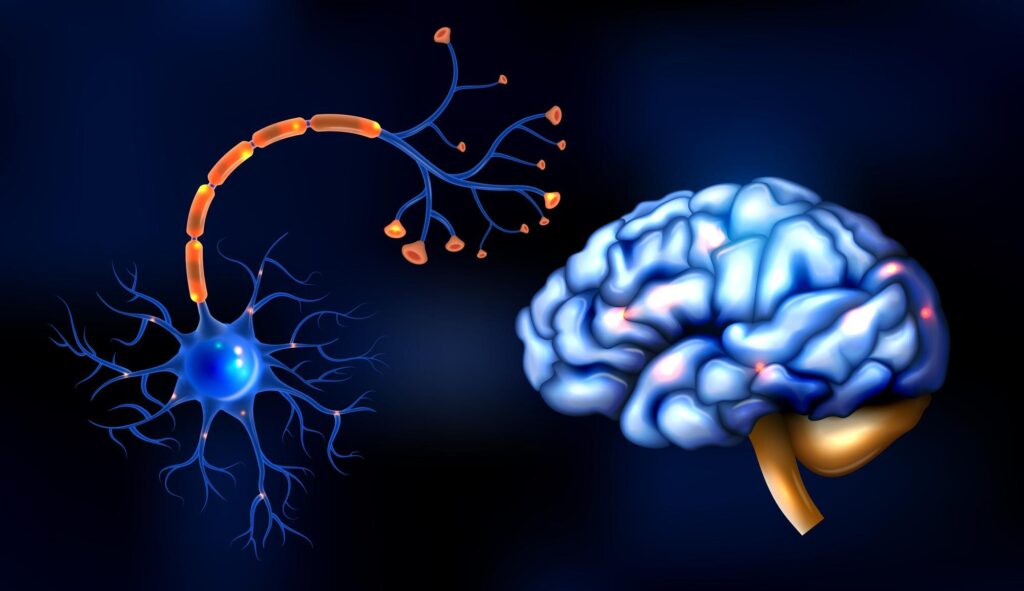
Walking improves cognitive performance, especially for senior citizens.
Studies show that engaging in vigorous physical activity for one hour, three times a week, enhances the effectiveness of brain regions related to decision-making.
Exercise is known to increase blood flow to the brain, which may improve memory and stave off cognitive decline.
7. Alleviates Joint Pain
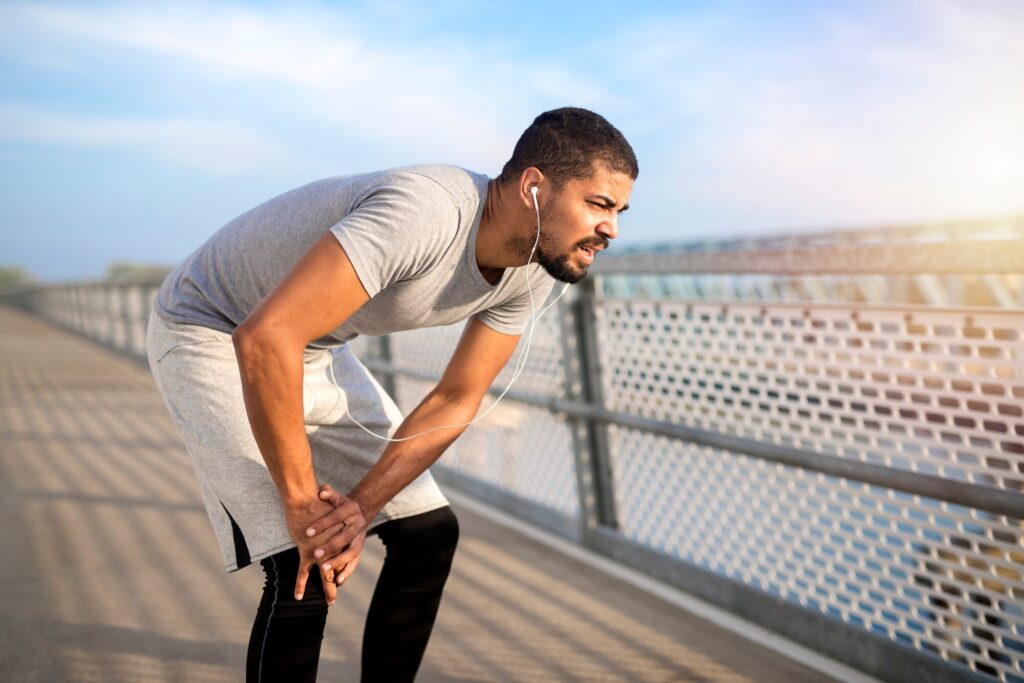
Walking can really help lessen joint pain because it strengthens the muscles around the joints and improves circulation, despite popular perception.
Walking for just ten minutes a day has been found in studies to increase pain relief and mobility, especially for those with arthritis.
8. Delays Varicose Veins

Walking helps prevent varicose veins by strengthening the muscles in your legs and enhancing circulation.
Frequent movement can reduce the symptoms of varicose veins, including swelling and restlessness, in people who already have them.
9. Improves Digestive Health

Walking stimulates the muscles in the abdomen and core, which helps with digestion.
It can reduce bloating and constipation and aid in the passage of food through your digestive system.
This is the reason that following surgery or other medical operations, many doctors advise walking to their patients.
10. Boosts Immune Function

Walking and other moderate-intensity exercises boost immunity by boosting the body’s defenses against illnesses.
According to research, those who frequently engage in physical activity have a lower risk of developing serious infections and, in the event that they do, recover more quickly.
11. Strengthens Bones and Prevents Bone Loss
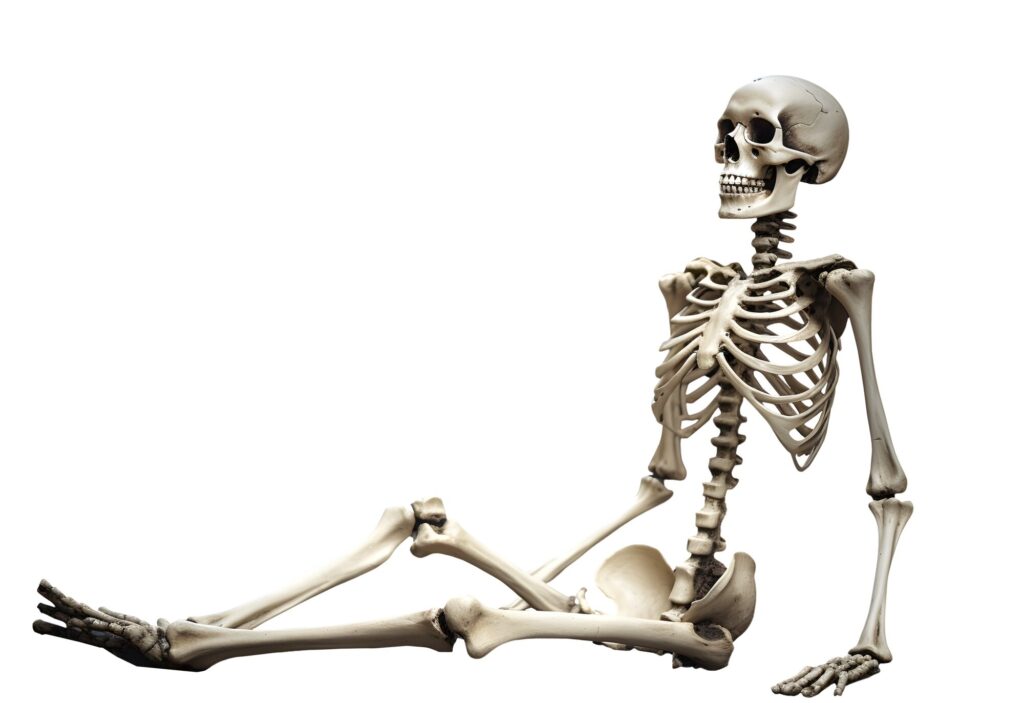
By preserving bone density, walking can lower the risk of fractures and osteoporosis.
Going outside for at least half an hour each day has been shown in studies to reduce the rate of bone loss, especially in postmenopausal women.
12. Enhances Creativity

Do you need more creativity? Strolling can be beneficial. The Journal of Experimental Psychology reported on research showing that walking fosters creativity and problem-solving skills.
It can improve the efficacy of brainstorming sessions by promoting free-flowing thought.
13. Helps Attain Other Health Goals

Walking regularly on a daily basis tends to lead to other healthful habits.
Walking on a regular basis might help you feel more accomplished and inspired to establish and fulfill other health-related objectives, including eating a healthier diet or trying out new workout routines.
14. Supports Healthy Aging

Walking promotes long-term longevity in addition to improving your health right now.
According to studies, people who meet physical activity standards can reduce their risk of death by up to 31% with even moderate movement.
Walking at a faster pace has been associated with even higher mortality risk decreases.
15. Increases Longevity
Regular walkers typically have longer lifespans. An 18% decreased risk of death during the research period has been associated to even a modest weekly walking regimen of 10 to 59 minutes.
Your life expectancy may increase with the amount of time you walk and the speed at which you walk.
Conclusion
Enhancing your physical and emotional well-being can be done simply and easily with walking.
It provides numerous advantages that can help you live a longer, healthier life, from improving brain function to lowering the risk of chronic diseases.
